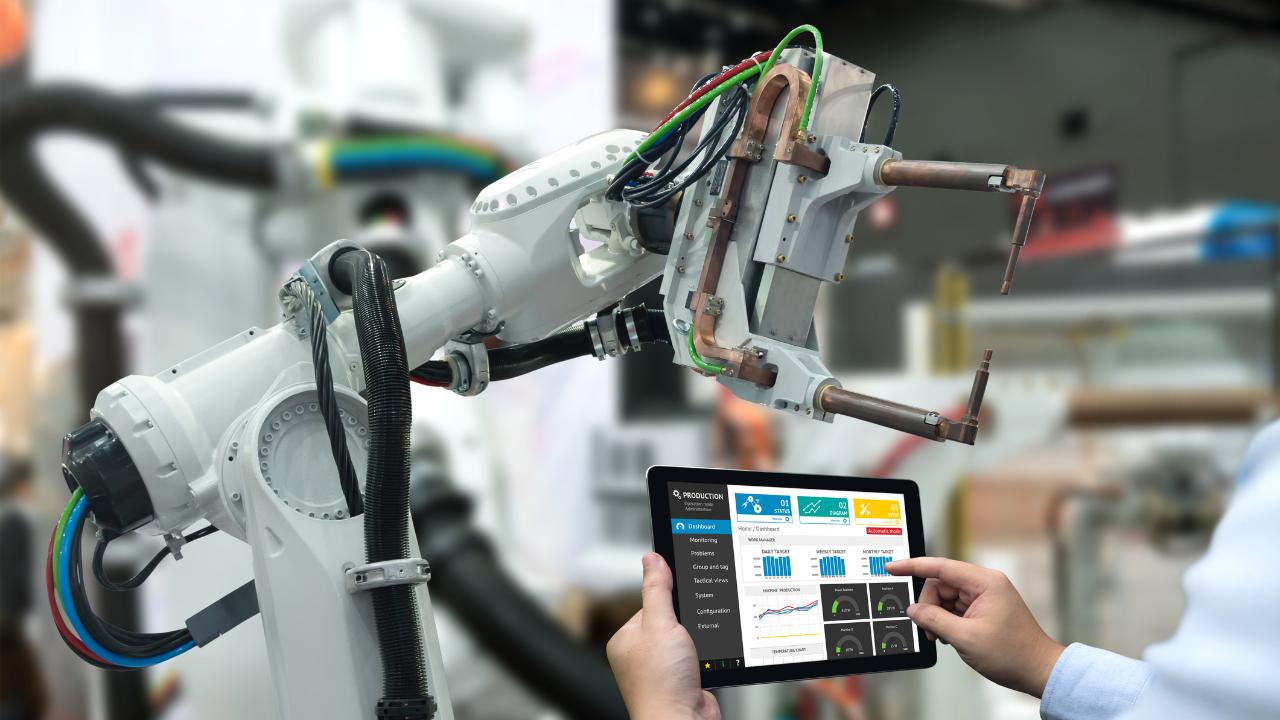Robots could displace 375 million workers by 2030: McKinsey
Hundreds of millions of workers around the world will have to remain flexible with their careers, with robots set to become a crucial part of the global workforce.
While automation and artificial intelligence (AI) will be good for productivity and economic growth, millions of employees may need to switch occupations or upgrade their skills.
“By 2030, up to 375 million workers around the world may need to switch occupational categories and learn new skills,” according to McKinsey Global Institute’s latest report, called “Jobs lost, jobs gained: Workforce transitions in a time of automation.”
Automation will disrupt the employment sector, and the transitions will be very challenging, “matching or even exceeding” the past employment shifts out of agriculture and manufacturing. The jobs most susceptible to automation are those that involve physical labor in predictable environments such as operating machinery and preparing fast food as well as collecting and processing data.
Fortunately, it is not all doom and gloom. While McKinsey previously reported about half of the jobs around the world could, in theory, be automated, very few jobs can be fully automated. McKinsey noted that: “Dire predictions about robots taking our jobs are overblown. Even with automation, our scenarios suggest that enough labor demand can be generated to offset the jobs displaced by automation to 2030, but major transitions lie ahead on the scale of historical shifts out of agriculture and manufacturing.”
McKinsey’s research estimates that between almost zero and 30% of the hours worked globally could be automated by 2030.
“Today there is a growing concern about whether there will be enough jobs for workers, given potential automation. History would suggest that such fears may be unfounded: over time, labor markets adjust to changes in demand for workers from technological disruptions, although at times with depressed real wages.”




















